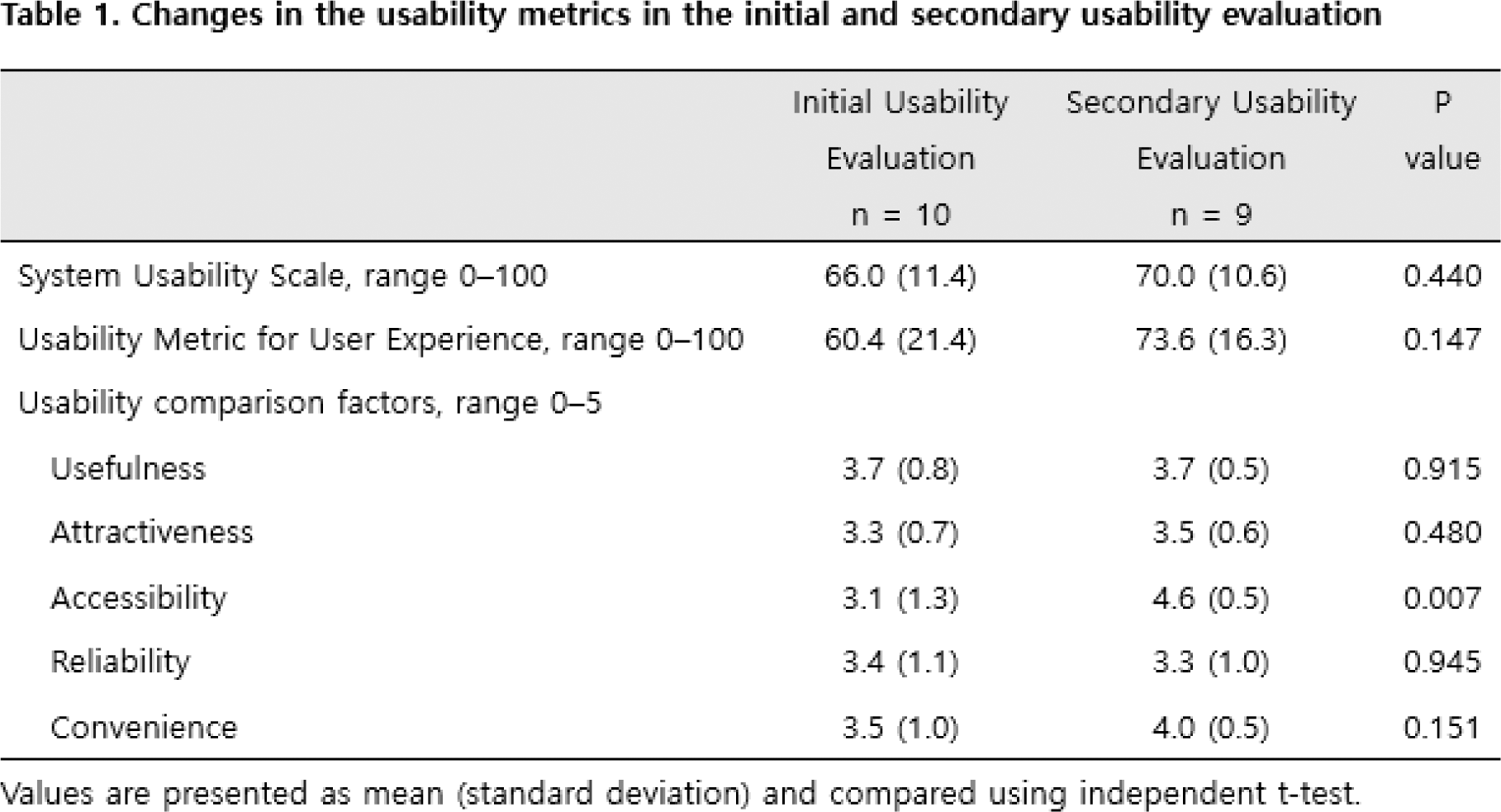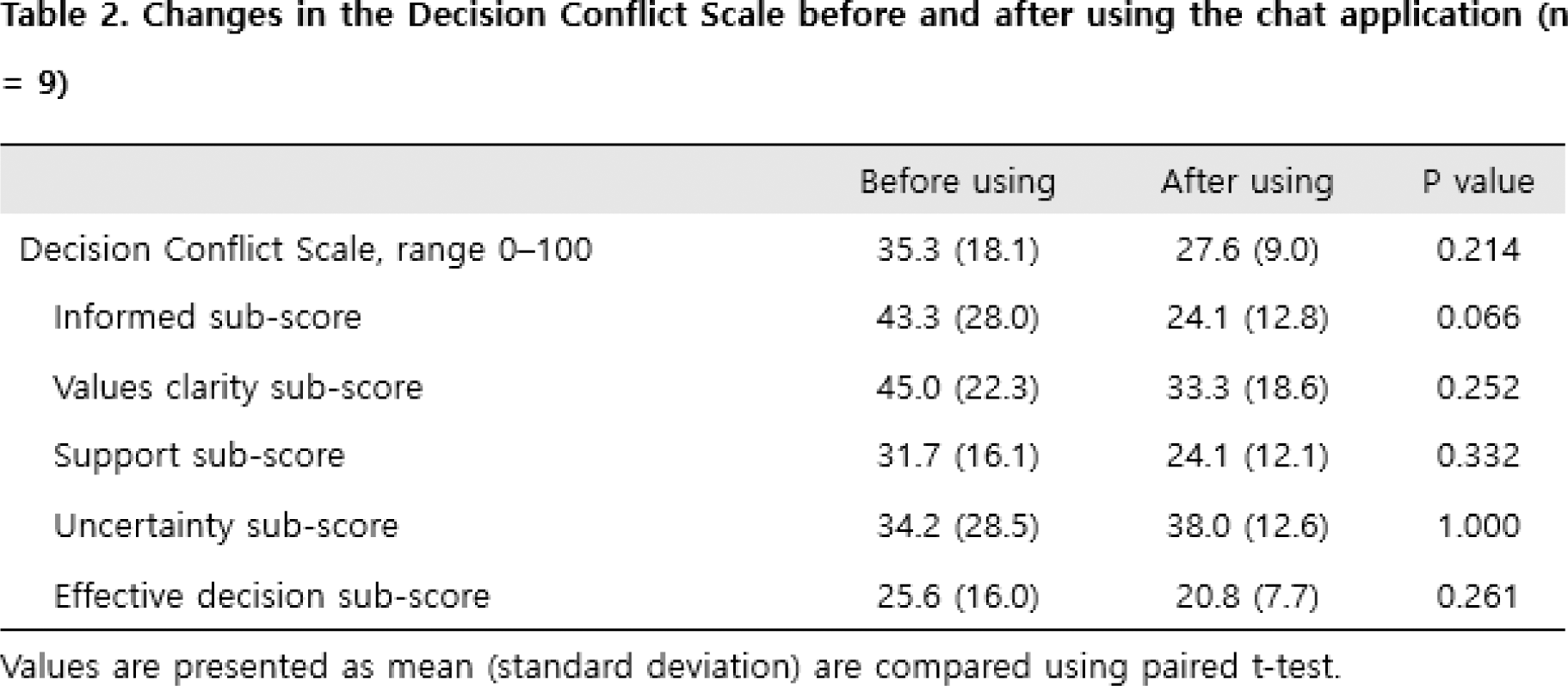

Background: The treatment of rheumatoid arthritis (RA) should be based on a shared decision between the patient and the rheumatologist. Recognizing patient preferences is essential during the shared decision-making process.
Objectives: To evaluate the usability of an AI-based chat application developed to facilitate shared decision-making in patients with RA.
Methods: An artificial intelligence (AI)-based chat application was created to help RA patients understand treatment options, including biologic disease-modifying anti-rheumatic drugs and Janus kinase inhibitors, and to identify their preferences. Patients with moderate to high disease activity and anticipated treatment modifications were included in the study. Usability of the chat application was assessed using the System Usability Scale (SUS, range 0–100), the Usability Metric for User Experience (UMUX, range 0–100), and five predefined usability factors (usefulness, attractiveness, accessibility, reliability, convenience; rated from 0 to 5). Ten patients participated in the initial evaluation, and the prototype was refined based on their feedback. In the secondary evaluation, another 10 patients used the revised chat application. During this phase, the Decision Conflict Scale (DCS, range 0–100) was assessed pre- and post-use.
Results: The mean (standard deviation [SD]) SUS and UMUX scores for the prototype were 66.0 (11.4) and 60.4 (21.4), respectively, indicating moderate usability. After refinement, the scores increased to a mean (SD) of 70.0 (10.6) and 73.6 (16.3), reflecting improved user experience and system usability. Among the usability factors, accessibility showed significant improvement, increasing from a mean (SD) of 3.1 (1.3) to 4.6 (0.5) (p = 0.007). The mean (SD) DCS score decreased from 35.3 (18.1) before using the chat application to 27.6 (9.0) after use, indicating reduced decisional conflict. The “informed” sub-score and “values clarity” sub-score also decreased, from mean (SD) of 43.3 (28.0) to 24.1 (12.8) and 45.0 (22.3) to 33.3 (18.6), respectively, suggesting that patients felt more informed about their options and had a clearer understanding of their personal values after interacting with the chat application.
Conclusion: The AI-based chat application demonstrated acceptable usability and effectively reduced decisional conflict for patients with RA. These findings highlight its potential as a valuable tool to support shared decision-making in RA treatment.


REFERENCES: NIL.
Acknowledgements: This work was supported by the Korea Health Technology R&D Project through the Patient-Doctor Shared Decision Making Research Center (PDSDM), funded by the Ministry of Health & Welfare, Republic of Korea (grant number: HI23C1762).
Disclosure of Interests: None declared.
© The Authors 2025. This abstract is an open access article published in Annals of Rheumatic Diseases under the CC BY-NC-ND license (